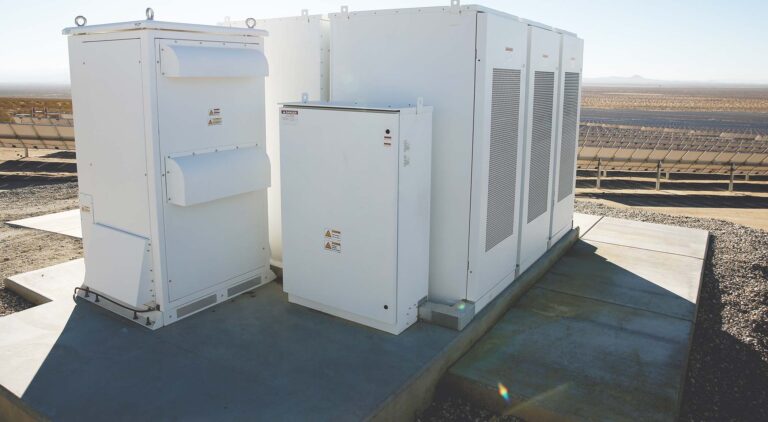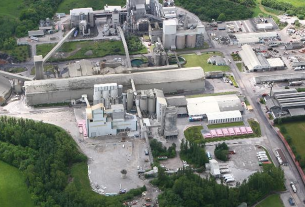United States – Recurrent Energy, a wholly-owned subsidiary of Canadian Solar, has increased its energy storage footprint in the United States by contracting to build five top Battery Energy Storage Systems (BESS) in 2021 and 2022.
These projects include retrofits-as-a-service, solar-plus-storage PPAs, and stand-alone storage tolling contracts.
California’s constantly changing energy landscape, along with strong carbon reduction targets, is raising the demand for energy storage solutions. Southern California Edison (SCE) has given Recurrent Energy a long-term contract for the 200 MW / 800 MWh Crimson BESS project, which will begin in the summer of 2022, making it one of the largest stand-alone storage contracts in the United States. The California Public Utility Commission recently decided to approve the Crimson project’s contract with SCE, and the US Interior Department recently stated that the Bureau of Land Management has given final approval to place the Crimson project on public lands in Riverside County, California.
Solar projects collaboration
Furthermore, Recurrent Energy has collaborated with Southern Power and AIP Management (AIP) to provide development services for the 72 MW / 288 MWh Tranquillity solar project in Fresno County, California, and the 88 MW / 352 MWh Garland solar project in Kern County, California. Recurrent Energy developed and built the Tranquillity and Garland solar PV facilities in 2016, and they are now owned by Southern Power and AIP. Both projects are now undergoing BESS retrofits.
Recurrent Energy is also in the process of constructing the Slate project (300 MWac solar plus 140.25 MW / 561 MWh storage) and the 75 MW / 300 MWh BESS retrofit to the 100 MWac Mustang solar project. Slate and Mustang are both located in Kings County, California and are owned by Goldman Sachs Renewable Power
Benefits for California
The energy storage projects mentioned above will provide major benefits to California. The projects will improve California’s grid dependability by providing vitally needed resource adequacy capacity, with the ability to transmit energy to the grid during heatwaves and other peak demand events, in addition to sustaining over 400 local construction jobs. The California Energy Commission has previously said that natural gas-fired peaking facilities are employed in the state when peak demand for energy exceeds the capacity of other suppliers. Energy storage can be utilized in place of natural gas peaking plants during peak electricity demand hours by storing renewable generation when output exceeds demand.




